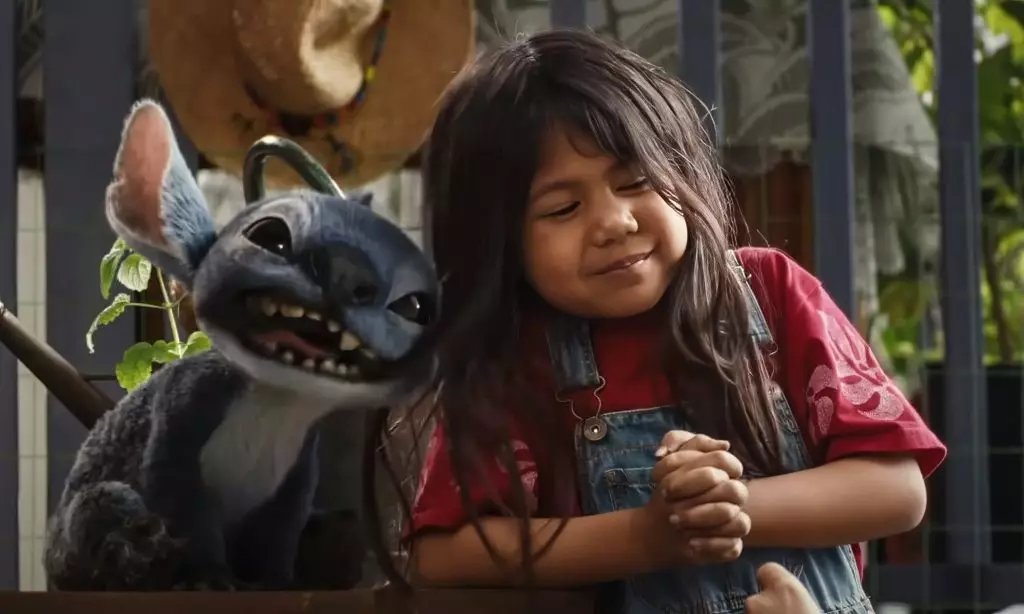Disney’s recent blockbuster, “Lilo & Stitch,” crossing the $1 billion mark at the global box office, undoubtedly signifies a milestone—yet it also reveals the troubling dependency on established franchises and the fickleness of audience loyalty. While industry insiders celebrate this figure as a sign of Hollywood’s resilience, a deeper look questions whether this achievement genuinely reflects artistic innovation or merely the power of marketing and nostalgia. It’s tempting to view this success as evidence of Disney’s dominance, but it might be more telling of a market increasingly saturated with Hollywood’s safest bets, where risk is sacrificed at the altar of guaranteed profits.
Financial Manipulation or Genuine Appeal? Unpacking the Numbers
The reported figures showcase a blockbuster with an impressive $416.2 million domestically and $584.8 million internationally. While these numbers are impressive, they simultaneously highlight the wider structural issue within Hollywood—an over-reliance on global markets to salvage declining domestic performance. It’s no longer sufficient to appeal solely to local audiences; studios pursue international markets with the same aggressive tactics used in political diplomacy—sometimes to questionable cultural ends. The fact that Latin America alone approaches $200 million, with key European markets following suit, emphasizes how much Hollywood has shifted its focus from storytelling to market share, perhaps at the expense of cultural diversity.
The Myth of Artistic Merit and Audience Loyalty
What is most revealing is how studio marketing now drives the narrative of success. Disney’s statement highlights gratitude for “love” from audiences but fails to address whether this is genuine or manufactured. The film’s record-breaking opening and sustained overseas performance are touted as proof of its cultural resonance, yet this spectacle masks a troubling monoculture—where Disney’s formula, often heavy on nostalgia, chokes out authentic artistic innovation. It’s worth questioning whether “Lilo & Stitch”’s success is driven more by corporate strategy than by enduring audience attachment to the characters or story.
The False Security of Heavy Investment and Franchise Otherwise Known as ‘Taking Risks’
The news that a sequel is already in development signals an industry trend—once a film crosses the billion-dollar threshold, Hollywood drafts a sequel as if it were an inevitable right, not an opportunity. This perpetuates the cycle of franchise dependency, encouraging studios to invest in safe bets rather than original storytelling. It’s a short-sighted approach that risks long-term cultural stagnation. In a way, “Lilo & Stitch” reflects not just a victory for Disney but a broader industry malaise, where innovation is sidelined in favor of intellectual property leverage.
The Economic Feeders: Marketing and International Markets as the Real Winners
International markets now are the true patrons of Hollywood’s ambitions. Countries like Mexico, France, and Brazil rank among the top revenue sources, pointing to Hollywood’s pivot away from domestic audiences whose tastes are arguably diverging from the blockbuster formula. This shift breeds a cultural imbalance, where local cinemas and storytelling traditions are marginalized in favor of Hollywood’s global blueprint. Their success, however, should be viewed critically—they’re less indicators of universal appeal and more about strategic, calculated infiltration into diverse markets.
While celebrating Disney’s “Lilo & Stitch” as the first billion-dollar film of 2025 might seem like a triumph, it masks an underlying vulnerability in Hollywood’s business model. The reliance on franchise-driven blockbusters, international markets as financial engines, and marketing as the key to audience engagement pose risks that extend beyond box office figures. Real cinematic innovation, the kind that sustains a creative industry long-term, requires risking failure—something Hollywood’s current paradigm continuously avoids. As viewers, we should question whether this billion-dollar milestone signifies artistic progress or simply a cleverly orchestrated illusion of success crafted by corporate strategists.

